There can be your advertisement
300x150
How People Live in Le Corbusier House: Ksenia Burzhskaya's Column
From the first person about the commune house, the architect-child, and free parking
Le Corbusier's "Living Unit" - these architectural monuments of the constructive period we, tourists, look at with admiration, and Ksenia Burzhskaya rented an apartment in it. About how life is in a commune house - in the author's column of the journalist.
Ksenia BurzhskayaAuthorJournalist, publicist, poet, author of the book "300 Complaints About Paris".Living in an architectural monument is good: you feel safe, like most museum exhibits.
Living in an architectural monument is good: you feel safe, like most museum exhibits. In Marseille, it's also good because the area around the monument is clean: no dog poop piles, no crooked dirty puddles, no bags, boxes and dirty diapers scattered about, even a minivan with prostitutes is neatly parked at the edge of an orderly parking lot.
Parking is also very important. No more searching for spots on fences and garbage dumps or jumping onto sidewalks: around the legs of "Corbusier," you can park freely without scratching other bumpers or dusty walls. In general, the word "freely" is exactly what describes its spatial architecture - light, bright, and spacious form.
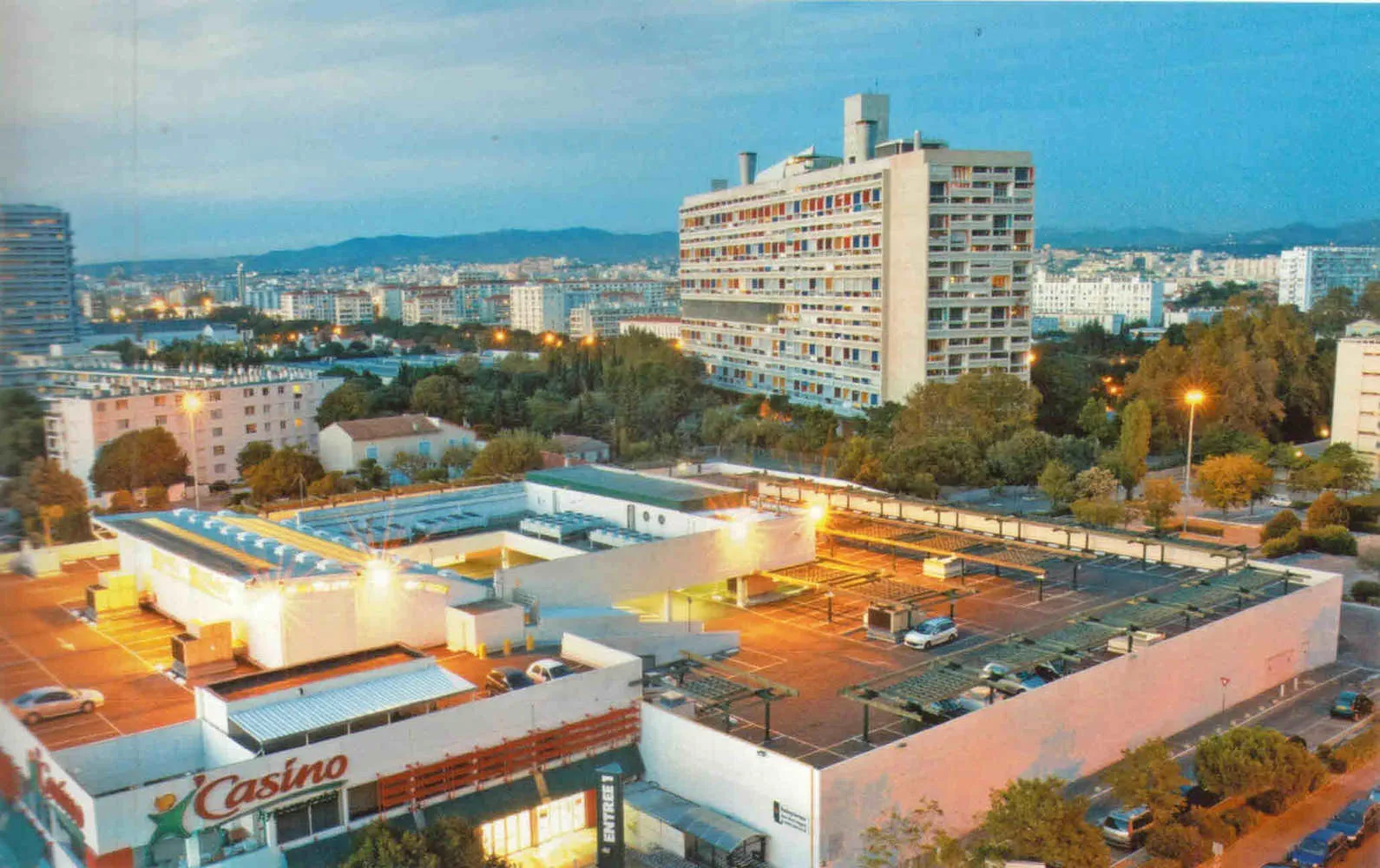 In Marseille, there are few such large houses; it's a city of narrow houses pushing against each other, narrow streets packed with cars, windows looking into others' windows.
In Marseille, there are few such large houses; it's a city of narrow houses pushing against each other, narrow streets packed with cars, windows looking into others' windows. In Marseille, there are few such large houses; it's a city of narrow houses pushing against each other, narrow streets packed with cars, windows looking into others' windows.
Corbusier designed everything so that inside the commune, people interfere with each other as little as possible: sound transmission between apartments is almost zero, and there's an additional door between the entrance door and the first room. In the past, it had a circular window like in a ship's cabin.
The playground (which is also rare in Marseille, where there are only a few for the whole city) is separated from the road and house by pines and shrubs. From your balcony, you can't see any other (from the side, top, or bottom) balcony. The balconies themselves can be covered with grills and all windows can have blinds to block out the sun, as the house is designed to always have sunlight.
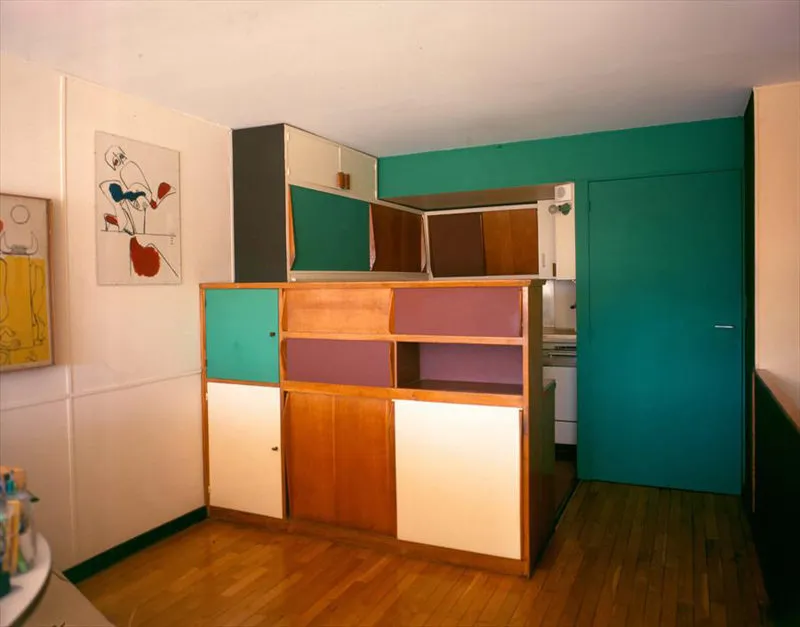
There are always children in the house, for whom Corbusier designed children's rooms, a separate child's shower, a chalkboard wall, a door in the wall to play and share secrets, and individual sinks in each room.
Perhaps Corbusier himself remained a child - evidence for this includes low ceilings, colorful panels, the playground with a pool on the roof, pipes like those on a big cruise ship, and the idea that children have their own life separate from parents in another part of a large apartment.
Corbusier didn't care about adults. He didn't consider their right to personal life or a glass of wine.Corbusier didn't care about adults. He didn't consider their right to personal life or a glass of wine. He made a special box for fresh milk, but didn't make a wine cabinet. He made children's rooms with a separate "ship-like," completely cosmic, shower, but didn't make a parents' bedroom.
He made shops and a kindergarten, but didn't make a bar. He built thick walls between apartments, but left all internal partitions as cardboard so people could whisper at night. He calculated everything from the perspective of a person with arms stretched up, but didn't consider that people might be taller than 170 cm. A child can't be taller than 170 cm, that's obvious.
 Typical Apartment in Le Corbusier HouseThe bakery is run by a husband and wife. Each morning, one of them sits at the counter: her in a house dress or him in a white t-shirt, eyes closed.
Typical Apartment in Le Corbusier HouseThe bakery is run by a husband and wife. Each morning, one of them sits at the counter: her in a house dress or him in a white t-shirt, eyes closed.Each morning in "Corbusier," it starts with a trip for a baguette on the third street. The third street is located on the third floor, as floors here are called streets. On the fourth street - a bureau and hotel, on the fifth - a cinema and library, on the ninth - the roof. Parties take place on the roof. Children's ones, of course.
On the third street, the Michelin-starred restaurant "Windows of the Architect" is next to the bakery. The bakery remained in "Corbusier" as the only food store. Everything else - a small supermarket chain "Casino," meat and vegetable stalls - disappeared after the opening of two hypermarkets just 100 meters away from the house.
The bakery is run by a husband and wife. Each morning, one of them sits at the counter: her in a house dress or him in a white t-shirt, eyes closed. In an attempt to get bread, I often end up stuck in traffic: all three elevators in the house are active at that time, shuttling residents. Some to school on the eighth floor, others to the outside world on the zero floor, like buses.
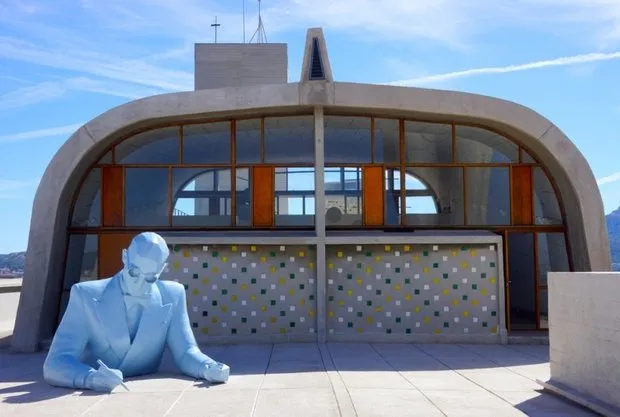 Roof of Le Corbusier House
Roof of Le Corbusier HouseDespite many changes over 50 years, the house still remains a commune, a single organism as Corbusier intended. The house has its own website, association, film premieres, holidays, exhibitions, and even a president. Next week, we, as newcomers to the "Shining City," will present at the house council, telling what valuable citizens of this republic SKID are, that we have a cultural program, and we're ready to host a small reception to meet other residents.
In the house, there's a legend that all newcomers start on the first floor (like us), then move up and those who have lived longest live at the top, where they can see everything: distant lighthouses and mountain peaks.
While we're having breakfast with fresh baguettes, tourists already gather in crowds outside the window. They click cameras, and I go to the balcony pretending their presence is completely irrelevant. If they were all familiar with each other, they'd open an exhibition called "Le Corbusier House and Some Lady in the Window".
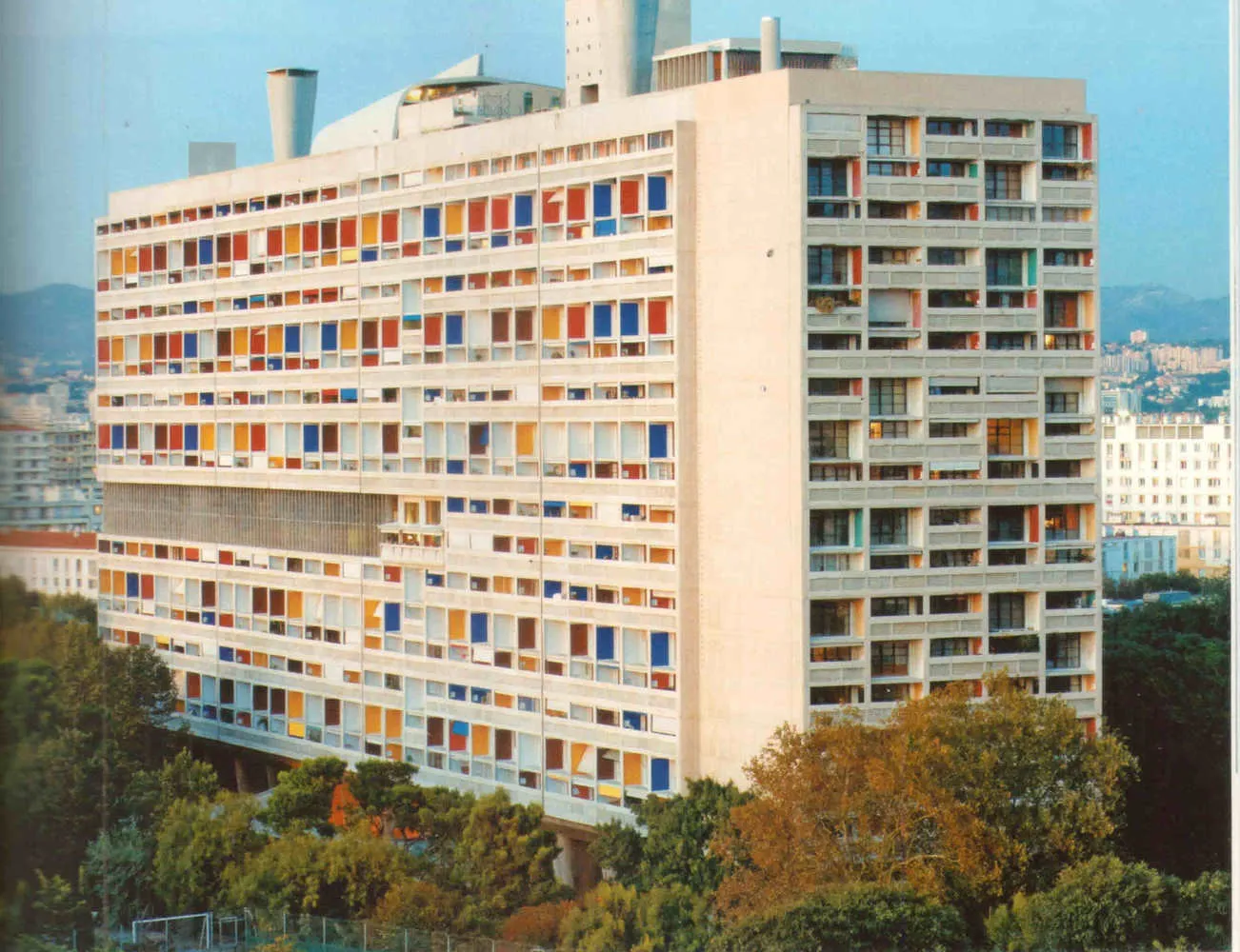
Source: L'Officiel Voyage
Read also:
- How Architects Live: 8 Interiors That Will Inspire You
- 7 Houses That Famous Architects Built for Themselves
- History: What Surprised the Contemporaries About the House on the Embankment?
More articles:
 How to Design a Recreation Area on a Country Plot: 5 Ideas
How to Design a Recreation Area on a Country Plot: 5 Ideas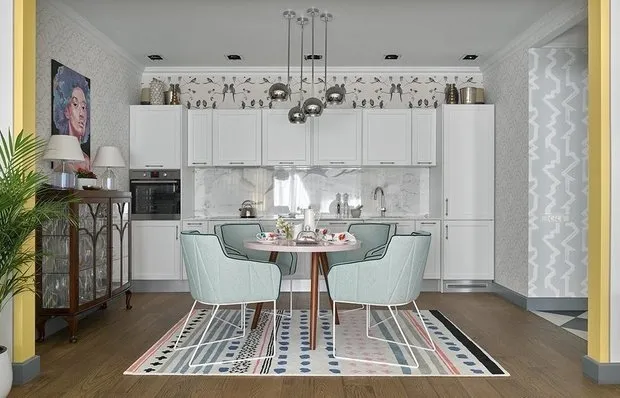 5 Ways to Save Money on Wallpaper: Learning from the Pros
5 Ways to Save Money on Wallpaper: Learning from the Pros Jenia Zhданova Design Rules
Jenia Zhданova Design Rules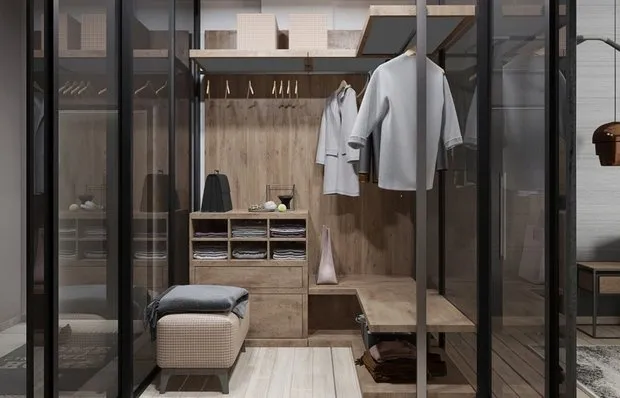 4 Rules for Decorating a Hallway Closet
4 Rules for Decorating a Hallway Closet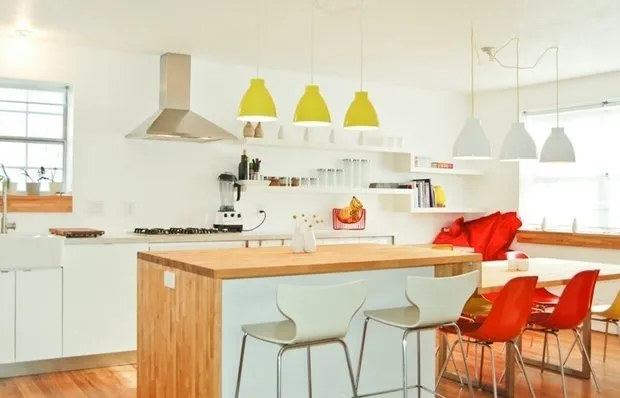 What You Need to Know About Interior Lighting: Tips from IKEA Designer
What You Need to Know About Interior Lighting: Tips from IKEA Designer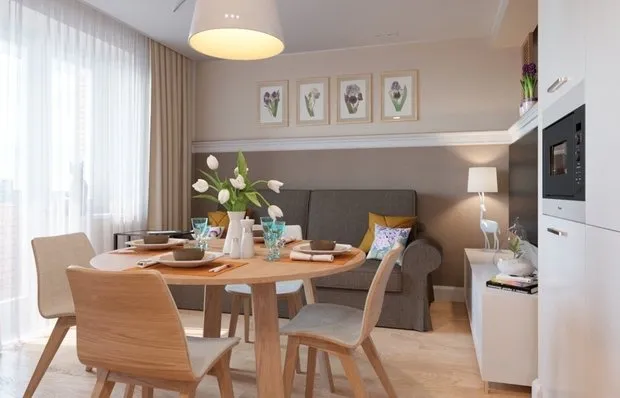 Small Kitchen, 6 Square Meters: 3 Layout Options
Small Kitchen, 6 Square Meters: 3 Layout Options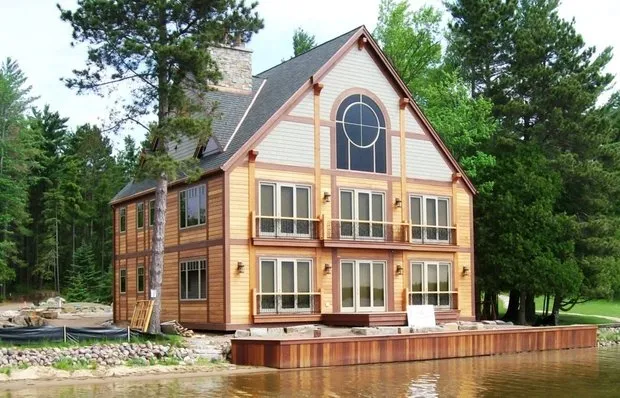 8 Myths About Frame Houses
8 Myths About Frame Houses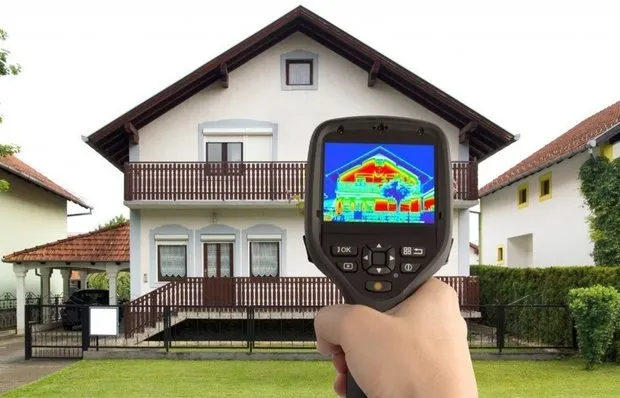 How to Insulate a Country House: 4 Tips from a Professional
How to Insulate a Country House: 4 Tips from a Professional